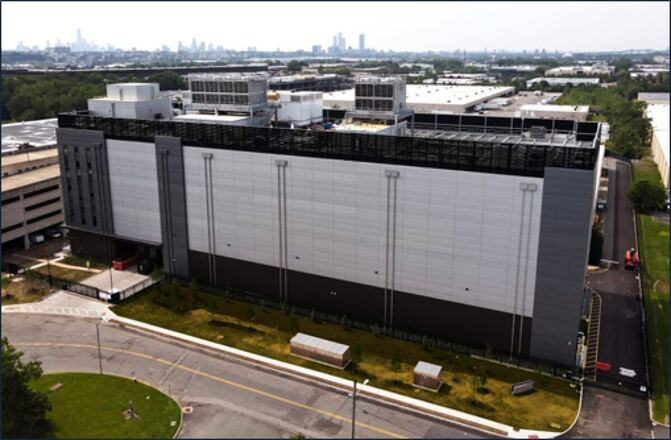During the 1970s, it was rare to see a satellite passing overhead in the night sky. However, in recent years, the number of satellites launched into Earth orbit has increased significantly, with even more planned for the future. These satellites, particularly those in mega-constellations like Starlink, are posing a threat to our connection with the cosmos and causing problems for astronomers.
New research conducted by Curtin University and accepted for publication in Astronomy and Astrophysics Letters has found that Starlink satellites are emitting radio signals that interfere with radio astronomy. Even in remote areas like the “radio quiet zone” in outback Western Australia, the satellite emissions were brighter than any natural source in the sky.
The team at Curtin University used radio telescopes to examine the signals coming from the satellites. While they expected to find radio transmissions at designated frequencies used for communication with Earth, they also discovered signals at unintended frequencies. These signals appear to originate from the electronics on board the spacecraft.
This interference is a significant issue because radio telescopes are highly sensitive and designed to pick up faint signals from distant sources in space. Even weak radio transmitters located hundreds or thousands of kilometers away from the telescopes can appear as bright as powerful cosmic radio sources. Therefore, these satellite signals pose a serious source of interference.
The problem is particularly concerning at the location where the research was conducted, as it is also the site for the Square Kilometre Array (SKA), the largest radio observatory project ever undertaken. The SKA involves 16 countries and has been in progress for 30 years, with billions of dollars invested. Despite efforts to locate astronomy facilities far away from human interference, satellites present a new threat that cannot be avoided.
While satellite operators are not currently breaking any rules, regulations around the use of the radio spectrum are complex and may not adequately protect astronomy. The benefits of space-based communications, such as global internet access, are conflicting with our ability to explore and understand the universe. However, positive engagement with SpaceX engineers, who work on Starlink satellites, suggests that the willingness of satellite operators to mitigate these signals may be the key to solving the issue.
SpaceX has already made improvements to reduce the amount of sunlight reflected by Starlink satellites, making them less bright in visible light. However, emissions in radio wavelengths will need to be reduced significantly to avoid interference with radio astronomy. It is hoped that these improvements can be made to preserve humanity’s view of the universe and the future discoveries and technologies that may emerge from them.

